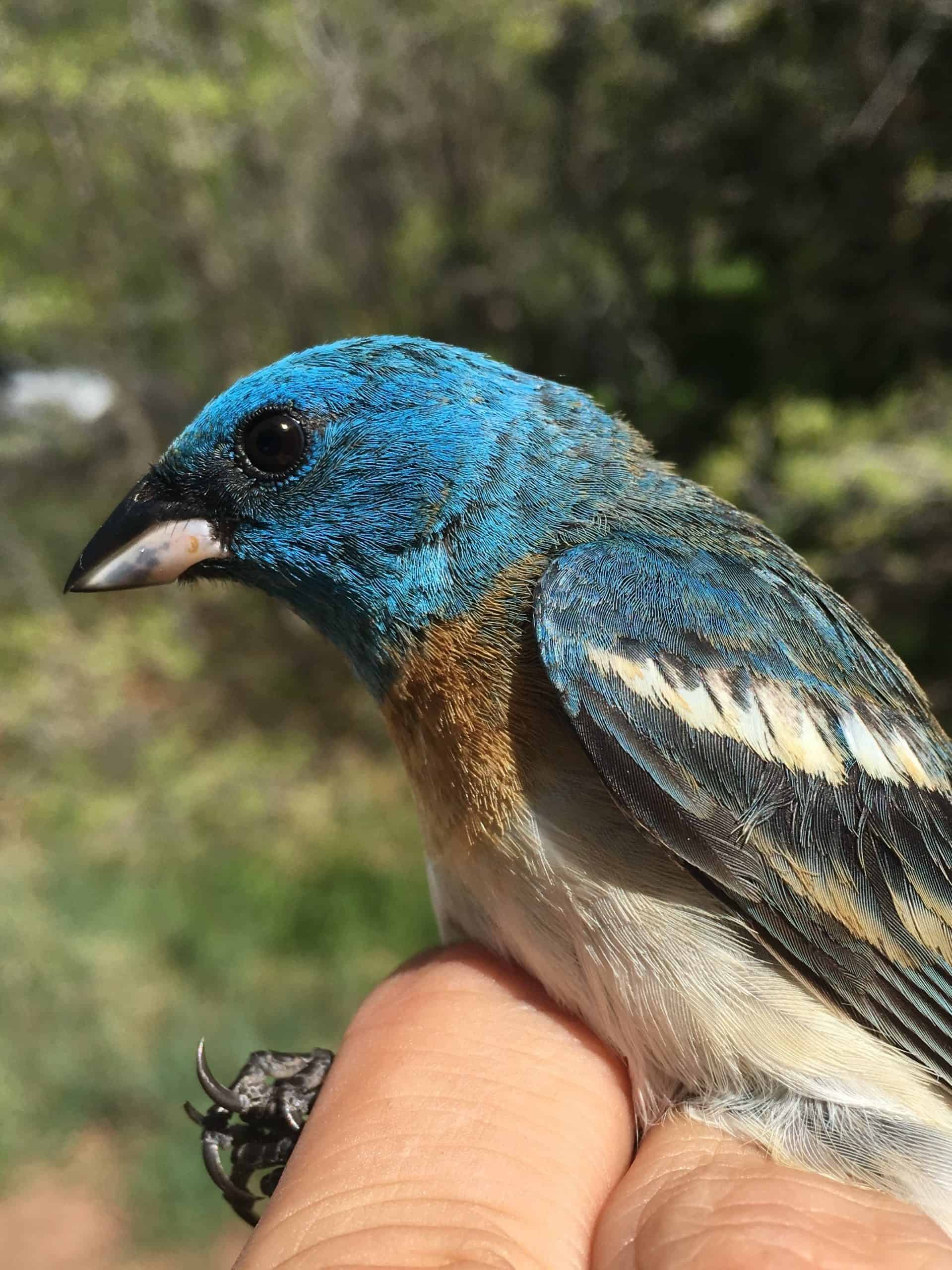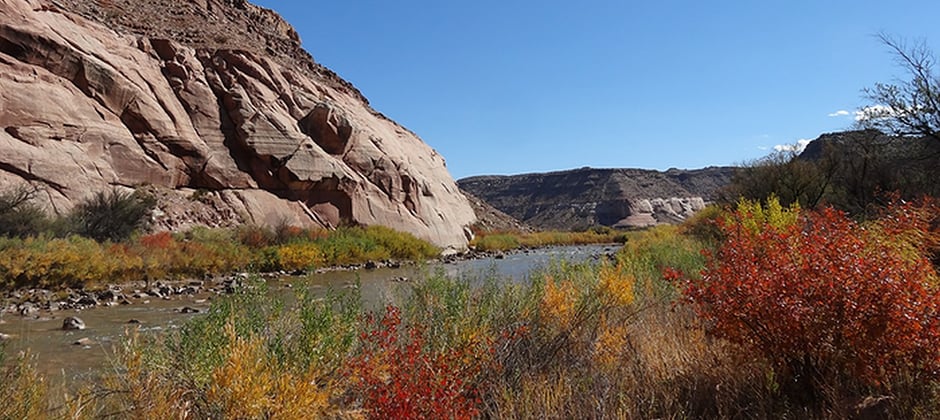Share this article
Birds congregate in riparian areas in dry years
When Monte Neate-Clegg was a graduate student managing bird banding stations in riparian areas in Utah, he noticed a lot of fluctuation in the number of birds showing up each year. Some years, even more non-riparian birds and migratory species would show up.
“We were catching a lot of birds, particularly in dry years,” said Neate-Clegg, now a postdoctoral researcher at the University of California, Los Angeles.
He wanted to see if there was a connection between the number of birds showing up and climate, but the data at his banding station did not span enough years. He knew the state Division of Wildlife Resources, however, had been banding and recording bird data in Utah riparian areas for 15 years. Tapping into this dataset from 1994 to 2008, he published a study in Animal Conservation looking at how climate related to what birds were showing up at eight sites across Utah.
Neate-Clegg divided the birds between riparian species, non-riparian species and migrants that used the area as a stopover, and he overlaid the information with publicly available climate data covering temperature, precipitation and greenness. The results, he said, “were pretty close to what we expected to happen.”

A Lazuli bunting (Passerina amoena) at Rio Mesa, the bird banding station near Moab where Monte Neate-Clegg worked at as a graduate student. Credit: Monte Neate-Clegg
His team found that in hotter and drier years, in El Niño years and in less green years, biologists captured more bird species overall in the riparian sites. Increasingly, it was non-riparian birds that showed up the most. “This implies influxes of more bird species that are not supposed to be in riparian areas or are not typically there,” he said. “There seems to be more of a mix coming through.”
Along with this influx of outsiders came a decrease in recruitment for riparian birds. That may be partly due to the harshness of the climate, Neate-Clegg said, but it’s also probably due to greater competition from newcomers. “There are less resources to go around,” he said.
That’s not just bad news for riparian birds, Neate-Clegg said. It also raises concerns about non-riparian birds and migrants, because the carrying capacity around these rivers is limited.
“There aren’t any winners in this scenario,” he said, and as the climate warms, the situation will likely worsen. That puts pressure on managers to maintain healthy ecosystems for a growing number of birds seeking out river systems.
“I think the best option is to provide resilience in other ways,” he said.
Header Image: The banding station on southern Utah’s Rio Mesa. Credit: Monte Neate-Clegg








